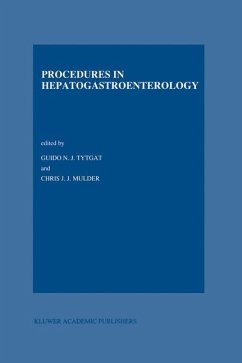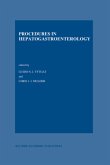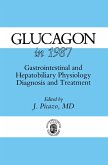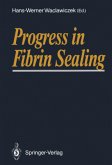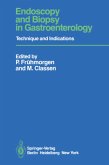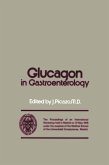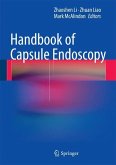Endoscopy has revolutionized clinical gastroenterology. In 1961 Basil Hirschowitz published the first flexible endoscopic examination of the stomach and duodenal bulb. We moved from flexible fiberendoscopes to current video-endoscopic equip ment. Current video-endoscopes incorporate a black and white or color 'chip' at the tip of the instrument which transforms the visual image into electronic signals. The size of the pincet is constantly getting smaller, heading for 5 /Lm, further increasing the resolution. The signals are reassembled into high-quality color images in a video monitor. Endoscopes are now used to examine the entire gastrointestinal tract from esophagus to rectum, including the biliary and pancreatic ductal system. Targeted endoscopic biopsy offers rapid and precise diagnosis. Endoscopic ultrasonography is of unsurpassed accuracy in staging gastrointestinal tumors, in assessing pancreatic and biliary disease, and disorders of the rectum and anal canal. Moreover, targeted cytological sampling is possible of abnormalities of the intestinal wall or peri intestinal lymph node. Yet despite these glamorous achievements changes are to be expected in the overall emphasis of diagnostic endoscopy. Magnetic resonance cholangiopancreatography may very well compete for a substantial fraction of diagnostic ERCP. Virtual colonoscopy or computed tomographic colography may well compete with (and take over?) screening/surveillance colonoscopy.
Bitte wählen Sie Ihr Anliegen aus.
Rechnungen
Retourenschein anfordern
Bestellstatus
Storno

